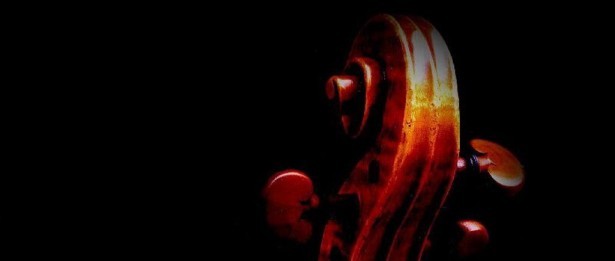
Bach, "Gavottes 1 & 2"
Transcription and Fingering: Renato Bellucci
Bach Suite
Baroque Instrumental Music is synonym with Suite and Concerto Grosso. The organ is strongly associated with church music. There was, however, another kind of instrumental music during the Baroque: secular music written not for the organ but for orchestral instruments and for the harpsichord. This non-organ music took three important forms suite, sonata, and concerto.
The word suite (sweet) simply means a series or set of items that belong together—a suite of rooms or a suite of furniture. In the Baroque period, a suite referred to a collection of dances that were intended for performance as a group. These dances were stylized; that is, they were "dressed up" to make them interesting pieces for listening. Bach, being the master that he was, made suite music "extremely interesting". Composers wrote their own music for them, but meter, tempo, and other characteristics were like dance types. To understand this concept better, imagine a contemporary composer doing the same thing by taking a popular dance of a generation or more ago, say the fox-trot or Charleston, and writing similar music with more interesting melodies and harmonies while retaining the essential rhythm and style of the original dance music.
This is what Bach and other Baroque composers did. They took several contrasting dances that were no longer in vogue and stylized them for listening, not dancing. Many different dances were incorporated into suites. The four most common dances were the allemande, courante, saraband, and gigue. The allemande [ah-la-mahnd] (which means German, in French) probably came from Germany. It has a moderate tempo and a rather continuous pattern of eighth or sixteenth notes. The courante [koo-rahnt] was French in origin. It moves a little more rapidly than the allemande. The saraband [sahra-bahnd] is a slow dance. It was probably imported by the Spaniards from Mexico. The gigue [zheeg] originated in Britain, where it was called jig. It is lively and is appropriately placed as the final dance in a suite. It also tends to be more contrapuntal in character than most dance types. With elements drawn from many countries, the Baroque suite is an international music form.
Other dances found in suites are the bourree, minuet, gavotte, loure, polonaise, and passepied. Often a composer wrote a double—a variation of the dance preceding it. Many times a suite is preceded by a prelude or overture. The prelude is like an "appetizer" for the suite. It introduces the key and many musical ideas which will be developed in the movements (dances) that will follow.. It is customary for all the dances in a suite to be written in the same key, with the double in the parallel major or minor key. The composer achieves variety by arranging the movements so that the faster dances contrast with slower ones. Most dances are in two-part form, with each part repeated. Suites originally were composed for keyboard instruments, but by the late Baroque they were also being written for orchestra. Composers in Baroque times did not always specify which keyboard instrument they wanted. In Bach's famous Well Tempered Clavier the word clavier does not refer to a special kind of piano; rather it means simply keyboard. The pieces in that collection might have been played originally on the clavichord, harpsichord, or organ.
Add to playlist
Asuncion, May 21, 2013
Staff and Video 1
Where it says "use al lever", the player is expected to transfer the weight of the left hand on that finger in order to prepare the hand for the following chord. The weight of the left hand is transferred to finger 4 that acts like a lever in order to present the fingers on the fingerboard.
Video 1
The continuation of this masterclass is in the members area, become a member today.
 Back to Top
Back to Top


